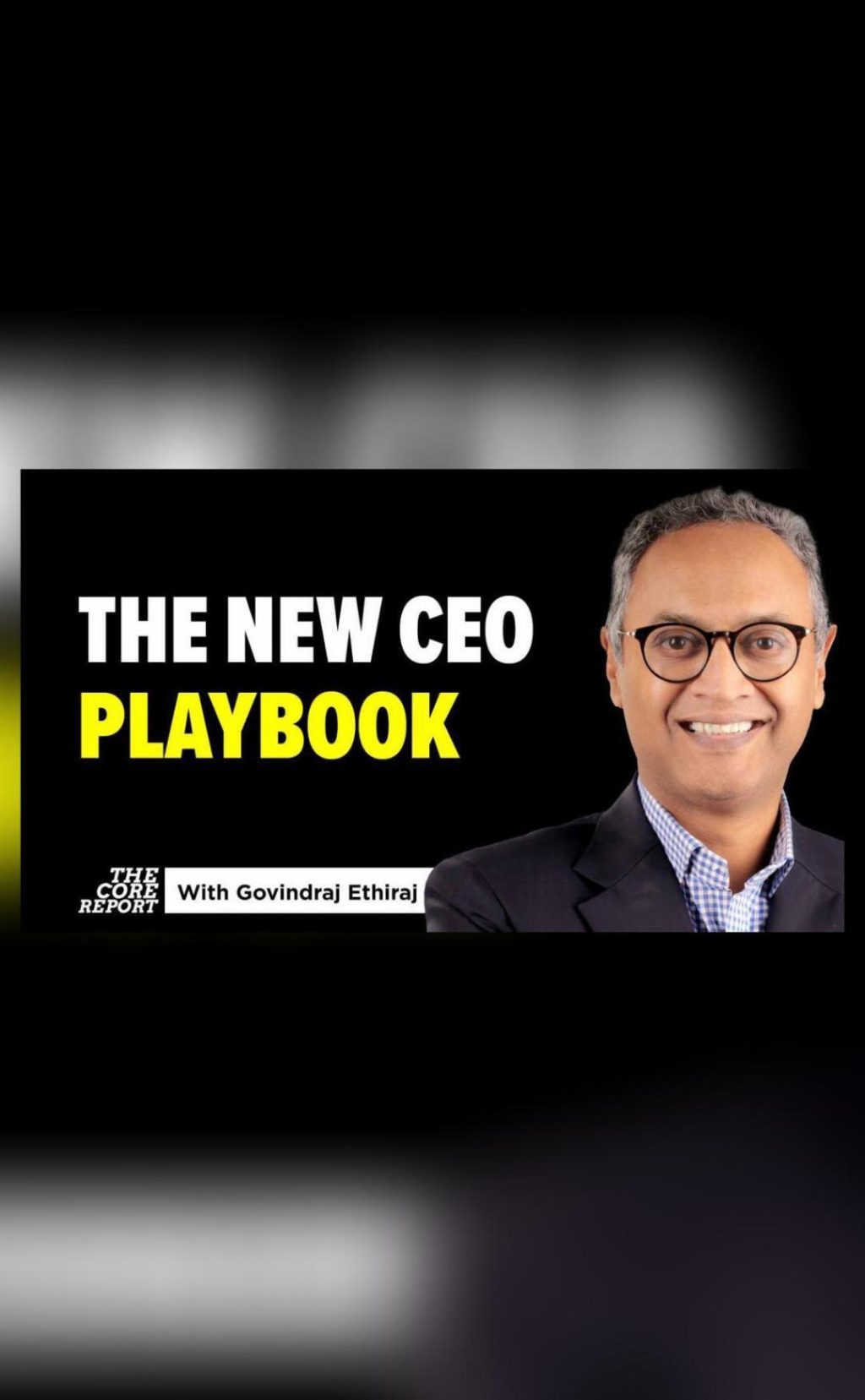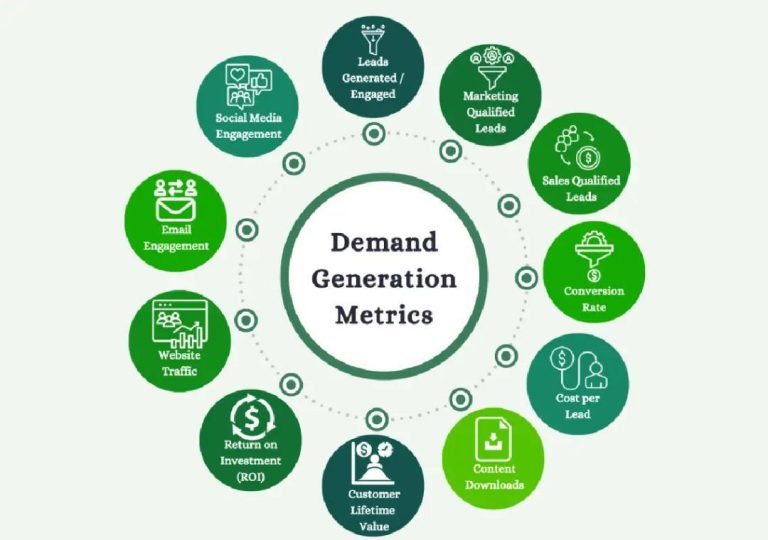
The New CEO Playbook: AI Pressures & Global Tariff Shocks
As the world becomes increasingly interconnected, CEOs are facing a new era of unprecedented challenges. The rapid advancement of artificial intelligence (AI) is reshaping industries, while global tariff shocks are disrupting trade patterns. These twin forces are putting immense pressure on business leaders to rethink their strategy and operations, with no guarantee of stability.
In this blog post, we’ll examine the key challenges facing CEOs in today’s fast-changing business landscape and explore the implications for their companies. We’ll also discuss the strategies and tactics they can employ to navigate these uncharted waters and emerge stronger on the other side.
Internal Pressures: The Need to Automate and Innovate
One of the primary challenges facing CEOs lies within their own companies. The rise of AI has created a pressing need to automate and innovate, as traditional business models are under threat. With AI driving efficiency and productivity gains, companies that fail to adapt risk being left behind.
The pressure to automate is particularly intense in industries such as manufacturing, finance, and healthcare, where AI is being used to streamline processes and improve decision-making. In these sectors, CEOs are under pressure to invest in AI and machine learning technologies to stay competitive.
However, this presents a significant challenge. Many companies lack the necessary skills and expertise to effectively implement AI, and the cost of investing in new technologies can be prohibitively high. CEOs must therefore balance the need to automate with the need to protect their workforce and maintain their company’s social license.
External Pressures: Global Tariff Shocks
While internal pressures are significant, external forces are also playing a major role in shaping the business landscape. The recent rise of protectionism and global tariff shocks has created a new era of uncertainty and unpredictability.
The US-China trade war, in particular, has had a profound impact on global trade patterns. Tariffs have been imposed on millions of dollars’ worth of goods, leading to retaliatory measures from other countries. The resulting uncertainty has created a sense of unease among CEOs, who are struggling to navigate the complex web of tariffs and trade agreements.
The impact of global tariff shocks is felt across industries. Companies that rely on global supply chains are particularly vulnerable, as tariffs can lead to increased costs, reduced productivity, and even the risk of supply chain disruption.
The Need for Localization and Adaptation
In the face of these twin challenges, CEOs must rethink their strategy and operations. One key tactic is to localize their business operations, by investing in domestic production and reducing reliance on global supply chains.
Localization can take many forms, from investing in new manufacturing facilities to partnering with local suppliers. By doing so, companies can reduce their exposure to global tariff shocks and increase their resilience in the face of uncertainty.
Another key strategy is to adapt to changing market conditions. This may involve shifting product lines, entering new markets, or developing new business models. CEOs must be agile and responsive to changing circumstances, willing to pivot their strategy as needed to stay ahead of the curve.
Rethinking Long-Held Business Models
The rise of AI and global tariff shocks is forcing CEOs to reconsider long-held business models. In many cases, these models are no longer sustainable in today’s fast-changing business landscape.
For example, companies that have historically relied on low-cost labor in developing countries may need to rethink their supply chain strategies in light of rising tariffs and protectionism. Similarly, companies that have invested heavily in global supply chains may need to reconsider their approach in light of the increased uncertainty and risk.
By rethinking their business models, CEOs can create new opportunities for growth and innovation. This may involve investing in new technologies, entering new markets, or developing new products and services.
Conclusion
The new CEO playbook is clear: in today’s fast-changing business landscape, CEOs must be prepared to adapt and innovate in the face of unprecedented challenges. From internal pressures to automate and innovate, to external forces like global tariff shocks, business leaders must be agile and responsive to changing circumstances.
By localizing their operations, adapting to changing market conditions, and rethinking long-held business models, CEOs can navigate these uncharted waters and emerge stronger on the other side. It’s a new era of uncertainty, but also a new era of opportunity for those who are willing to take bold action.
Source:
Note: The video provides an in-depth analysis of the challenges facing CEOs in today’s business landscape, featuring insights from industry experts and thought leaders.






